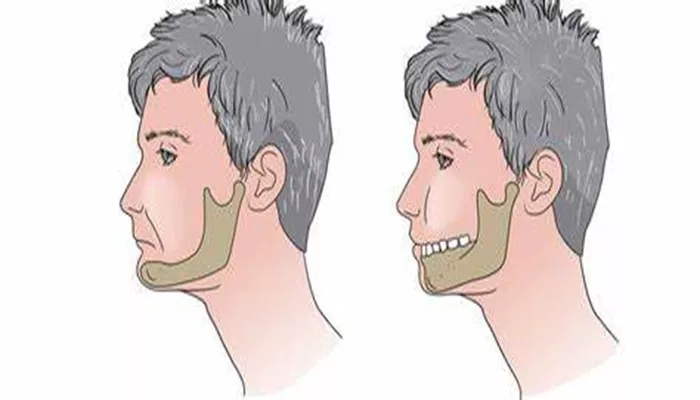Wisdom teeth extraction is a dental procedure that many individuals may undergo, especially if their wisdom teeth are impacted, causing pain, or threatening the health of adjacent teeth. The process involves removing the third molars, which are often the last teeth to erupt in the mouth and can sometimes lack sufficient space to grow properly. While the necessity of the procedure is often clear, patients often have concerns about the pain associated with wisdom teeth extraction. This article aims to provide a detailed and professional explanation of the pain level associated with wisdom teeth removal, using simple sentences and logical reasoning to make the information accessible to everyone.
The Pain Experience During Wisdom Teeth Extraction
During wisdom teeth extraction, patients will typically receive anesthesia to numb the area around the wisdom teeth. This can be a local anesthesia, which numbs only the affected area, or a general anesthesia, which puts the patient to sleep during the procedure. The type of anesthesia chosen will depend on the complexity of the extraction and the patient’s preferences.
With local anesthesia, patients may still feel pressure and movement during the extraction process, but they should not feel any pain. However, some patients may experience discomfort or a strange sensation, which is normal. General anesthesia, on the other hand, eliminates any sensation or awareness during the procedure, so patients will not feel any pain or discomfort.
The Pain Experience After Wisdom Teeth Extraction
After the wisdom teeth are removed, patients may experience some pain and discomfort as the healing process begins. The level of pain can vary depending on the complexity of the extraction, the patient’s pain tolerance, and any complications that may arise.
Immediately after the procedure, patients may feel some soreness or throbbing in the affected area. This is normal and can be managed with pain medications prescribed by the dentist. Over-the-counter pain relievers, such as ibuprofen or acetaminophen, can also be effective. It’s important to follow the dentist’s instructions for taking pain medications and to not exceed the recommended dosage.
In addition to pain medications, patients can use ice packs to reduce swelling and inflammation in the affected area.
Applying ice packs for 20 minutes on and 20 minutes off can help alleviate discomfort and speed up the healing process.
As the healing process continues, patients may experience some additional symptoms, such as:
Swelling: This is a normal response to the trauma caused by the extraction. Swelling usually peaks within 2-3 days and then gradually subsides.
Bruising: Some patients may develop bruising or discoloration of the skin around the affected area. This is caused by blood pooling under the skin and is also a normal part of the healing process.
Difficulty opening the mouth: Due to swelling and inflammation, patients may find it difficult to open their mouths widely for a few days after the extraction. This will gradually improve as the swelling decreases.
Discomfort when eating: Eating may be uncomfortable for a few days after the extraction, especially if the wisdom teeth were in the back of the mouth. It’s important to stick to soft, easy-to-chew foods during this time.
Managing Post-Operative Pain And Discomfort
To manage post-operative pain and discomfort, patients should follow their dentist’s instructions carefully. This may include:
- Taking pain medications as prescribed
- Using ice packs to reduce swelling and inflammation
- Eating soft, easy-to-chew foods
- Avoiding strenuous physical activity for a few days
- Rinsing with a mild saltwater solution to keep the area clean
In addition, patients should avoid certain activities that can interfere with the healing process, such as smoking, drinking alcohol, or using straws, as these can disrupt the blood clot that forms in the socket and delay healing.
Complications And Increased Pain
While most wisdom teeth extractions are straightforward and relatively painless, some complications can occur that can increase the level of pain and discomfort. These complications may include:
Dry socket: This is a condition that occurs when the blood clot in the extraction site dislodges or dissolves too soon, exposing the underlying bone and nerve endings. Dry socket can cause severe pain and may require additional treatment, such as packing the socket with medication to promote healing.
Infection: If the extraction site becomes infected, patients may experience increased pain, swelling, redness, and discharge.
Infections can be treated with antibiotics, but they can delay the healing process and increase discomfort.
Damage to adjacent teeth or structures: In some cases, the extraction process may damage adjacent teeth or structures, such as the jawbone or nerves. This can cause additional pain and may require further treatment.
Conclusion
In conclusion, the pain level associated with wisdom teeth extraction can vary depending on the complexity of the extraction, the patient’s pain tolerance, and any complications that may arise. While some discomfort is normal and to be expected, patients can manage their pain and discomfort with pain medications, ice packs, and careful post-operative care.
It’s important to follow the dentist’s instructions carefully and to seek additional treatment if any complications occur. By understanding the potential for pain and discomfort, patients can be better prepared for their recovery and can take steps to minimize their discomfort.
Related topics:

